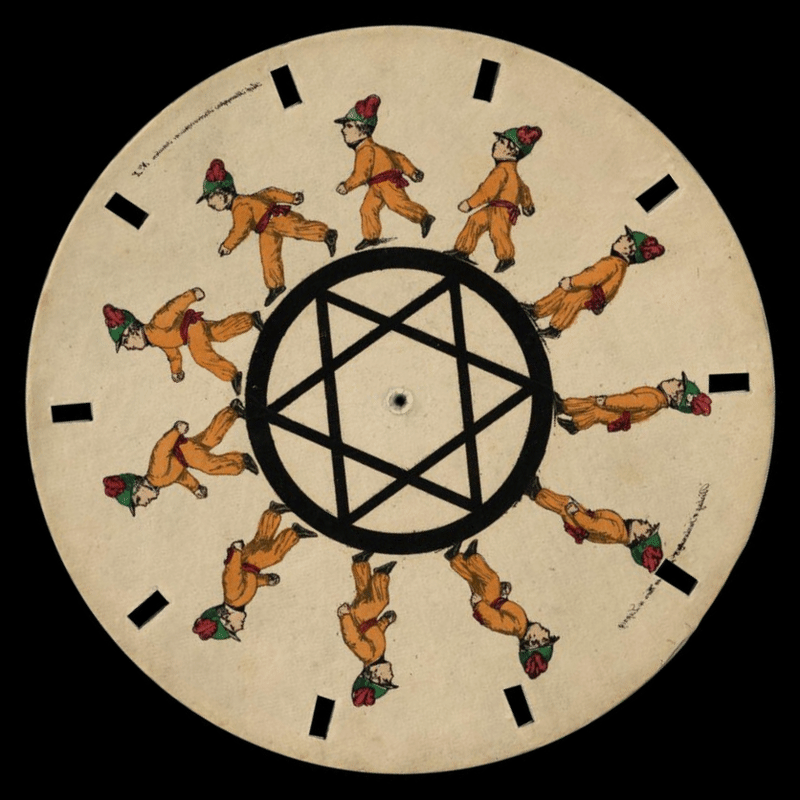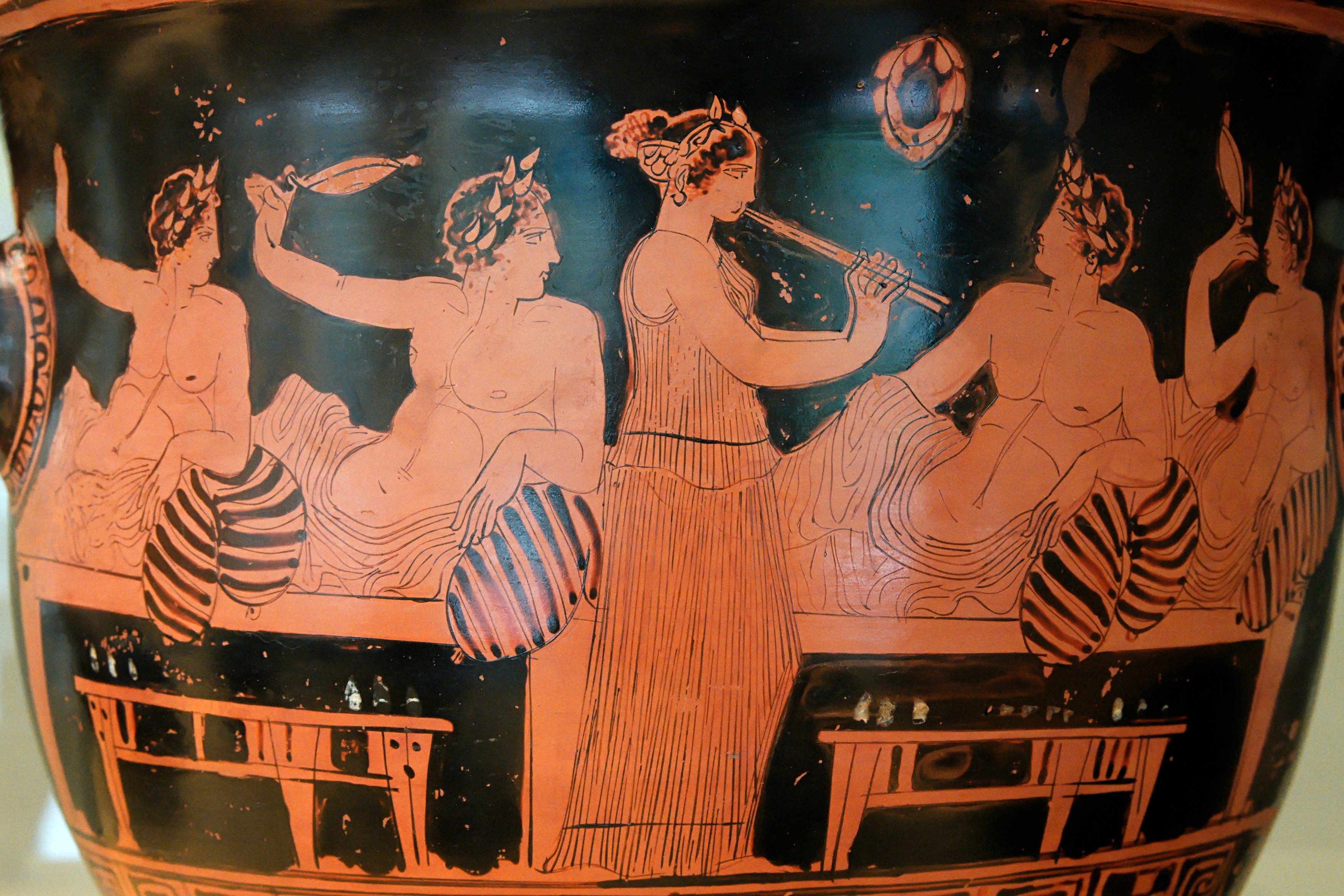|
Adams Filmi
Adams Filmi Oy (previously Adamsin Filmitoimisto) was a Finnish film production company. Founded in 1912 by Abel Adams (1879–1938), the company was later merged with Fenno-Filmi which eventually became Fennada-Filmi. The Finnish Broadcasting Company bought Fennada-Filmi in 1982. In 1986, Adams Filmi ceased to exist when it merged with O.Y. Kinosto and Ky Kino Savoy to form Finnkino. After Abel Adams suddenly died in 1938, his wife became the head of the company. Their daughter Felicia Adams took over the charge in 1958. Valuable film material was lost in a fire in 1959, including three early films by Teuvo Tulio Theodor Antonius Tugai (23 August 1912 – 8 June 2000), better known as Teuvo Tulio, was a Finnish film director and actor. Beginning his career as an actor at the end of the silent era, Tulio turned to directing and producing in the 1930s. His .... Sources * * * Film production companies of Finland History of film Entertainment companies established in 1 ... [...More Info...] [...Related Items...] OR: [Wikipedia] [Google] [Baidu] |
Abel Adams
Abel Adams (born Aapeli Korhonen, 14 March 1879 – 14 July 1938) was a Finnish film producer and the founder of Adams Filmi. He was born in Karttula and, in the 1930s, ran the largest chain of cinemas in Finland. After his death in Helsinki Helsinki ( or ; ; sv, Helsingfors, ) is the Capital city, capital, primate city, primate, and List of cities and towns in Finland, most populous city of Finland. Located on the shore of the Gulf of Finland, it is the seat of the region of U ... in 1938, Adams Filmi stopped producing films for ten years. Filmography *''Meren ja lemmen aallot'' (1926) *''Taistelu Heikkilän talosta'' (1936) *''Nuorena nukkunut'' (1937) *''Kiusaus'' (1938) References External links * 1879 births 1938 deaths People from Karttula People from Kuopio Province (Grand Duchy of Finland) Finnish emigrants to the United States Finnish film producers {{Finland-bio-stub ... [...More Info...] [...Related Items...] OR: [Wikipedia] [Google] [Baidu] |
Motion Picture
A film also called a movie, motion picture, moving picture, picture, photoplay or (slang) flick is a work of visual art that simulates experiences and otherwise communicates ideas, stories, perceptions, feelings, beauty, or atmosphere through the use of moving images. These images are generally accompanied by sound and, more rarely, other sensory stimulations. The word "cinema", short for cinematography, is often used to refer to filmmaking and the film industry, and to the art form that is the result of it. Recording and transmission of film The moving images of a film are created by photographing actual scenes with a motion-picture camera, by photographing drawings or miniature models using traditional animation techniques, by means of CGI and computer animation, or by a combination of some or all of these techniques, and other visual effects. Before the introduction of digital production, series of still images were recorded on a strip of chemically sens ... [...More Info...] [...Related Items...] OR: [Wikipedia] [Google] [Baidu] |
Fenno-Filmi
Fenno-Filmi was a Finnish film production company. The company was founded by film directors Yrjö Norta and Theodor Luts in 1942. Luts and Erkki Uotila were the co-directors of the first Fenno-Filmi production ''Salainen ase'' which premiered on 3 January 1943. ''Erehtyneet sydämet'' was released in April 1944, with Uotila and Eero Leväluoma sharing the director's credits. Later that year, Yrjö Norta directed a film ''Hiipivä vaara''. Norta directed five of Fenno-Filmi's 18 films. Roland af Hällström made his first Fenno-Filmi effort ''Houkutuslintu'' in 1946. He soon became the head director for the company, a position which he later kept in Fennada-Filmi as well. Edvin Laine, Jorma Nortimo and Teuvo Tulio were some of the other directors who worked for Fenno-Filmi. The company was not able to produce commercially successful films and suffered from financial problems since the beginning. When Mauno Mäkelä became the head of the company in 1949, efforts were made to ... [...More Info...] [...Related Items...] OR: [Wikipedia] [Google] [Baidu] |
Fennada-Filmi
Fennada-Filmi was a Finnish film production company which was in operation from 1950 to 1982. It was one of the largest companies in its field in Finland from 1950s to 1970s. Mauno Mäkelä was the head of the company during its entire run. Beginning Fennada-Filmi had its foundation in the company Fenno-Filmi, which was founded in 1942 and produced 15 movies between 1944–1950. When Mauno Mäkelä was named the CEO of the company in 1949, arrangements began to combine productions of Fenno-Filmi and Adams Filmi. New company Fennada-Filmi went active in the summer of 1950, and only the distributing duties remained for Adams Filmi. Mäkelä continued as the managing director and production manager of the new company. 1950–1960 The final film for Fenno-Filmi, ''Hallin Janne'' by Roland af Hällström, was finished in the summer of 1950. At the same time, shooting began for Fennada-Filmi's first production ''Ratavartijan kaunis Inkeri'', directed by Hannu Leminen. In 1952, ... [...More Info...] [...Related Items...] OR: [Wikipedia] [Google] [Baidu] |
Finnish Broadcasting Company
Yleisradio Oy ( Finnish, literally "General Radio Ltd." or "General Broadcast Ltd."; abbr. Yle ; sv, Rundradion Ab, italics=no), translated to English as the Finnish Broadcasting Company, is Finland's national public broadcasting company, founded in 1926. It is a joint-stock company which is 99.98% owned by the Finnish state, and employs around 3,200 people in Finland. Yle shares many of its organizational characteristics with its British counterpart, the BBC, on which it was largely modelled. For the greater part of Yle's existence the company was funded by the revenues obtained from a broadcast receiving licence fee payable by the owners of radio sets (1927–1976) and television sets (1958–2012), as well as receiving a portion of the broadcasting licence fees payable by private television broadcasters. Since the beginning of 2013 the licence fee has been replaced by a public broadcasting tax (known as the Yle tax), which is collected annually from private individuals an ... [...More Info...] [...Related Items...] OR: [Wikipedia] [Google] [Baidu] |
Finnkino
Finnkino Oy is a Finnish film distributor and the biggest cinema chain in Finland. It was established in 1986 as a union of 34 companies working in the film industry. In 1994 Finnkino was acquired by the Rautakirja Group, which became a division of the Sanoma Group in 1999. Finnkino operates a total of 16 cinemas in eleven cities. It also has subsidiaries in Latvia, Lithuania and Estonia, operated under the names of Forum Cinemas and Forum Distribution. In early 2017, Finnkino and other Scandinavian and Baltic cinema chains were acquired by AMC Theatres as part of its acquisition of Nordic Cinema Group. Finnkino's biggest movie theatre multiplex is Tennispalatsi in Helsinki and its headquarters are located in Ruskeasuo, Helsinki. In 2006, Finnkino took over Finnish theatrical distribution for films by United International Pictures' partner studios, Paramount Pictures (including films by DreamWorks) and Universal Pictures, after UIP decided to move its Finnish distribution ba ... [...More Info...] [...Related Items...] OR: [Wikipedia] [Google] [Baidu] |
Teuvo Tulio
Theodor Antonius Tugai (23 August 1912 – 8 June 2000), better known as Teuvo Tulio, was a Finnish film director and actor. Beginning his career as an actor at the end of the silent era, Tulio turned to directing and producing in the 1930s. His films are noted for their extremely melodramatic style. Biography Tulio was born as Theodor Antonius Tugai to a Turkish-Polish father named Aleksander Tugai and a Persian- Latvian mother named Helena Garschin in Rēzekne, in the Vitebsk Governorate of the Russian Empire (present-day Latvia). His mother was an 18-year-old aspiring ballerina when he was born. His parents' marriage was brief, and he spent the early part of his childhood in rural Latvia with his grandparents while his mother pursued a career as a ballerina in St. Petersburg. After his mother married a Finnish man named Alarik Rönnqvist, she sent for him to move to Helsinki in 1922, when he was ten years old. The family settled in the Katajanokka neighborhood of Helsinki. T ... [...More Info...] [...Related Items...] OR: [Wikipedia] [Google] [Baidu] |
Film Production Companies Of Finland
A film also called a movie, motion picture, moving picture, picture, photoplay or (slang) flick is a work of visual art that simulates experiences and otherwise communicates ideas, stories, perceptions, feelings, beauty, or atmosphere through the use of moving images. These images are generally accompanied by sound and, more rarely, other sensory stimulations. The word "cinema", short for cinematography, is often used to refer to filmmaking and the film industry, and to the art form that is the result of it. Recording and transmission of film The moving images of a film are created by photography, photographing actual scenes with a movie camera, motion-picture camera, by photographing drawings or miniature models using traditional animation techniques, by means of computer-generated imagery, CGI and computer animation, or by a combination of some or all of these techniques, and other visual effects. Before the introduction of digital production, series of still imag ... [...More Info...] [...Related Items...] OR: [Wikipedia] [Google] [Baidu] |
History Of Film
The history of film chronicles the development of a visual art form created using film technologies that began in the late 19th century. The advent of film as an artistic medium is not clearly defined. However, the commercial, public screening of ten of the Lumière brothers' short films in Paris on 28 December 1895 can be regarded as the breakthrough of projected cinematographic motion pictures. There had been earlier cinematographic results and screenings by others like the Skladanowsky brothers, who used their self-made Bioscop to display the first moving picture show to a paying audience on 1 November 1895 in Berlin, but they lacked neither the quality, financial backing, stamina, or the luck to find the momentum that propelled the cinématographe Lumière into worldwide success. Those earliest films were in black and white, under a minute long, without recorded sound and consisted of a single shot from a steady camera. The first decade of motion pictures saw film ... [...More Info...] [...Related Items...] OR: [Wikipedia] [Google] [Baidu] |
Entertainment Companies Established In 1912
Entertainment is a form of activity that holds the attention and interest of an audience or gives pleasure and delight. It can be an idea or a task, but is more likely to be one of the activities or events that have developed over thousands of years specifically for the purpose of keeping an audience's attention. Although people's attention is held by different things because individuals have different preferences, most forms of entertainment are recognisable and familiar. Storytelling, music, drama, dance, and different kinds of performance exist in all cultures and were supported in royal courts and developed into sophisticated forms, over time becoming available to all citizens. The process has been accelerated in modern times by an entertainment industry that records and sells entertainment products. Entertainment evolves and can be adapted to suit any scale, ranging from an individual who chooses a private entertainment from a now enormous array of pre-recorded pro ... [...More Info...] [...Related Items...] OR: [Wikipedia] [Google] [Baidu] |





